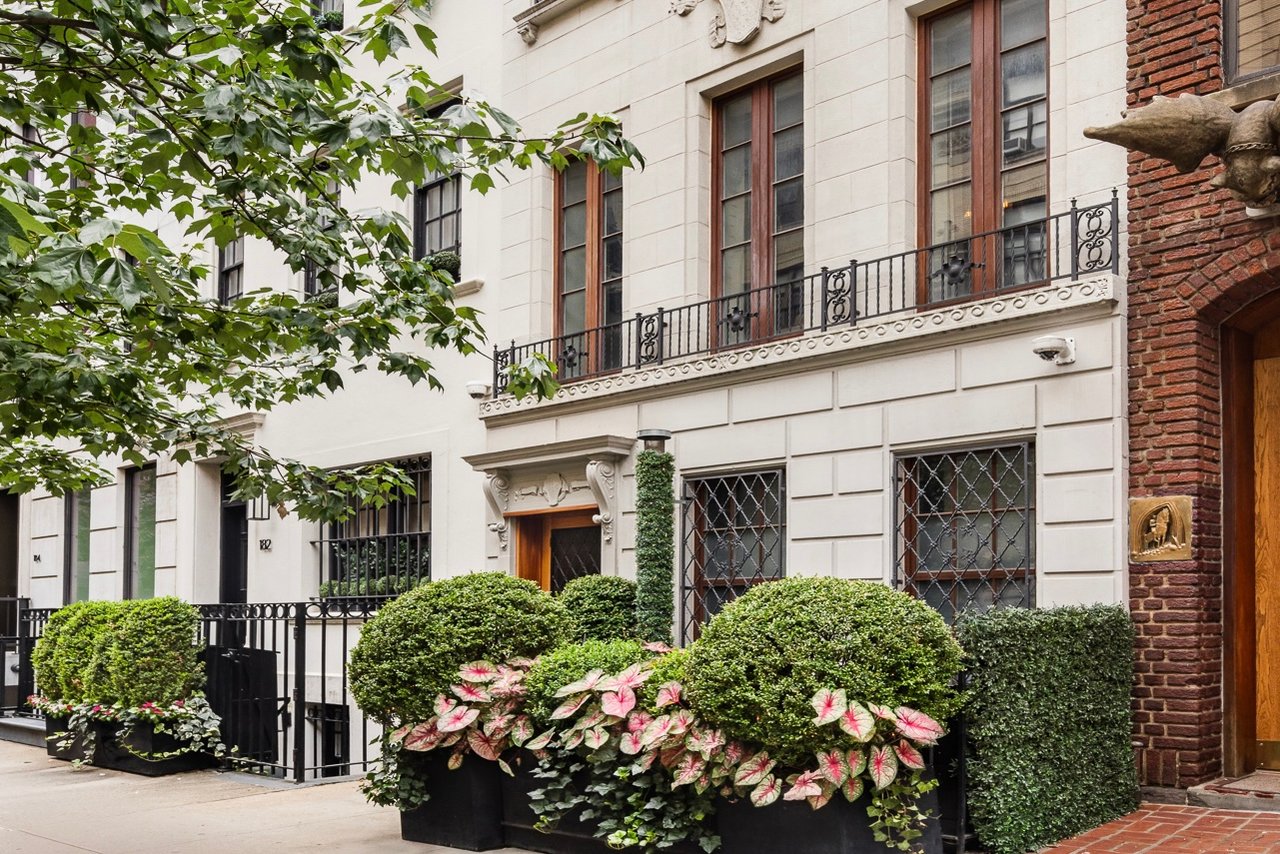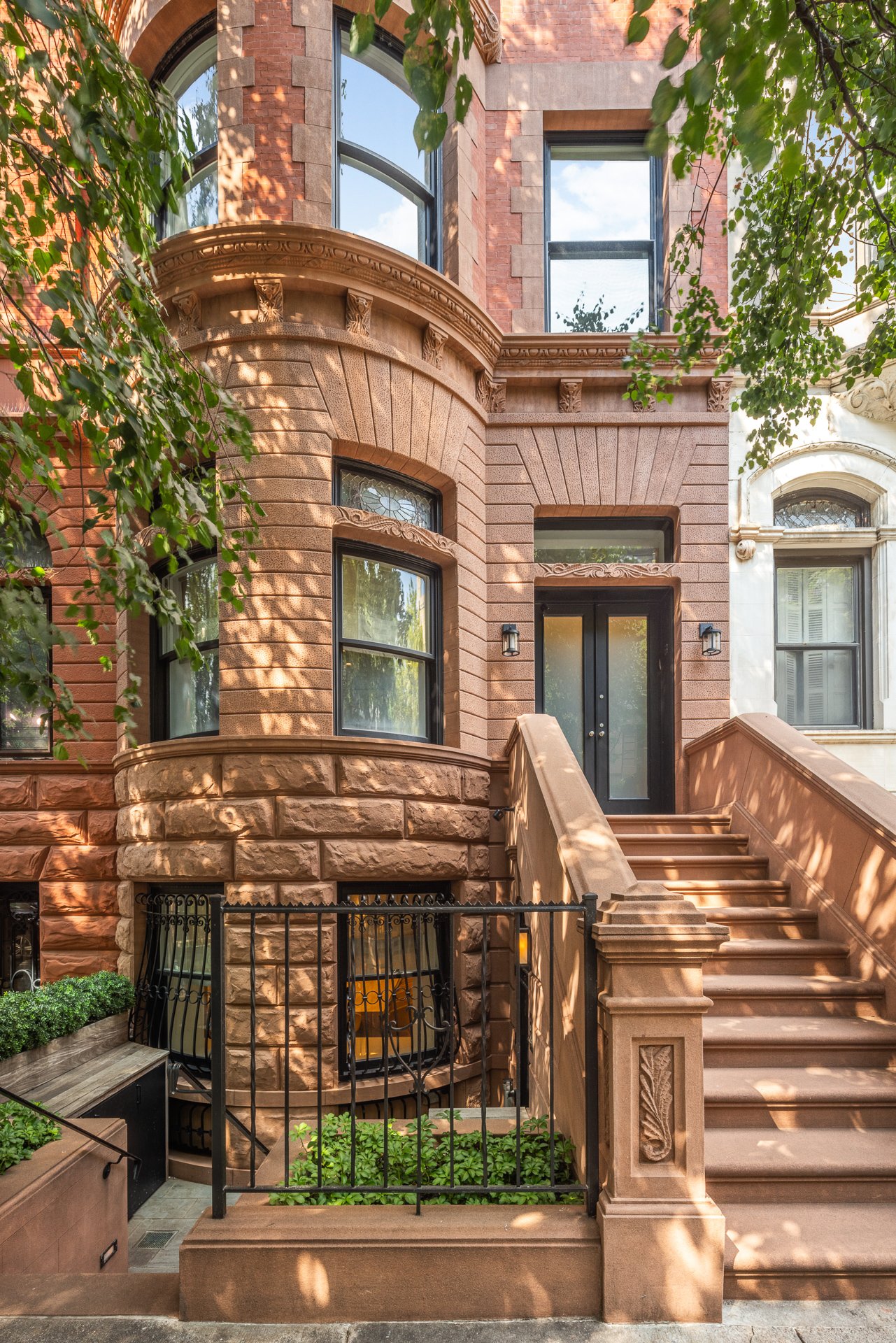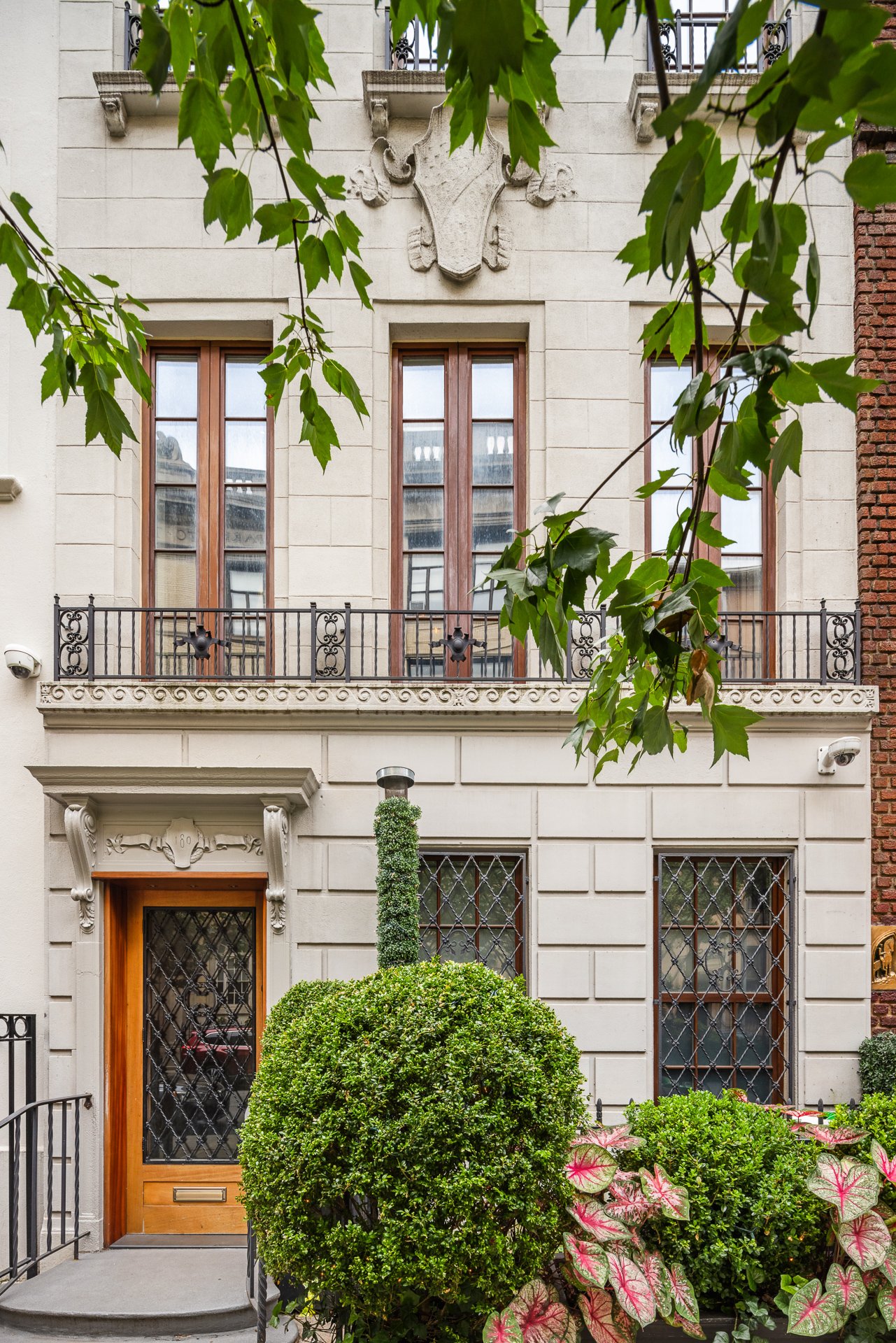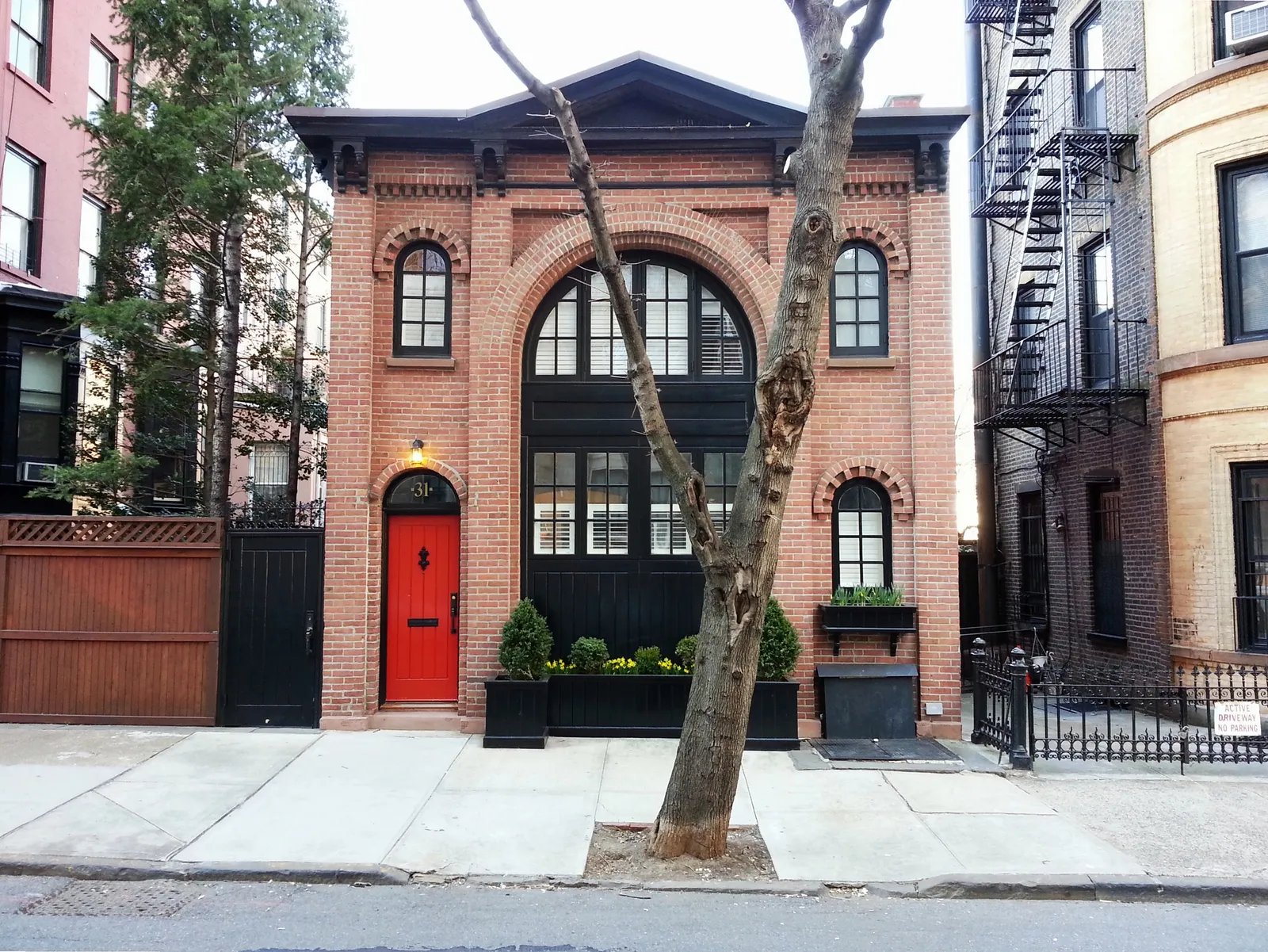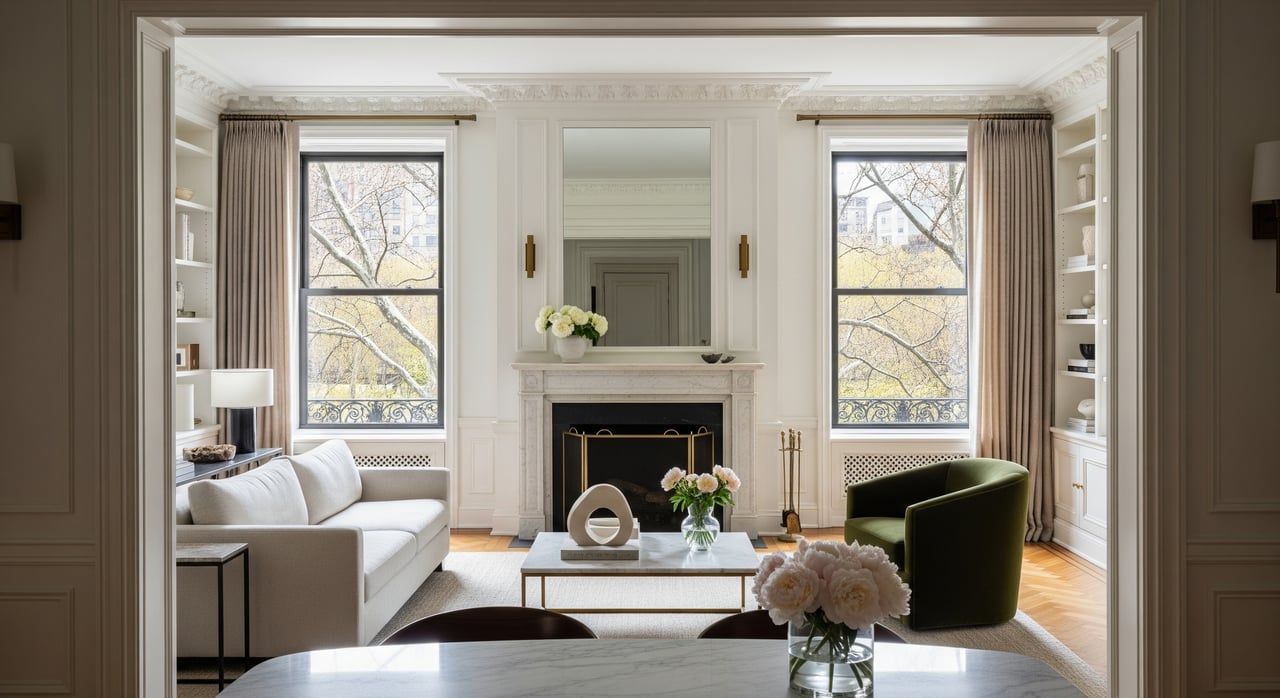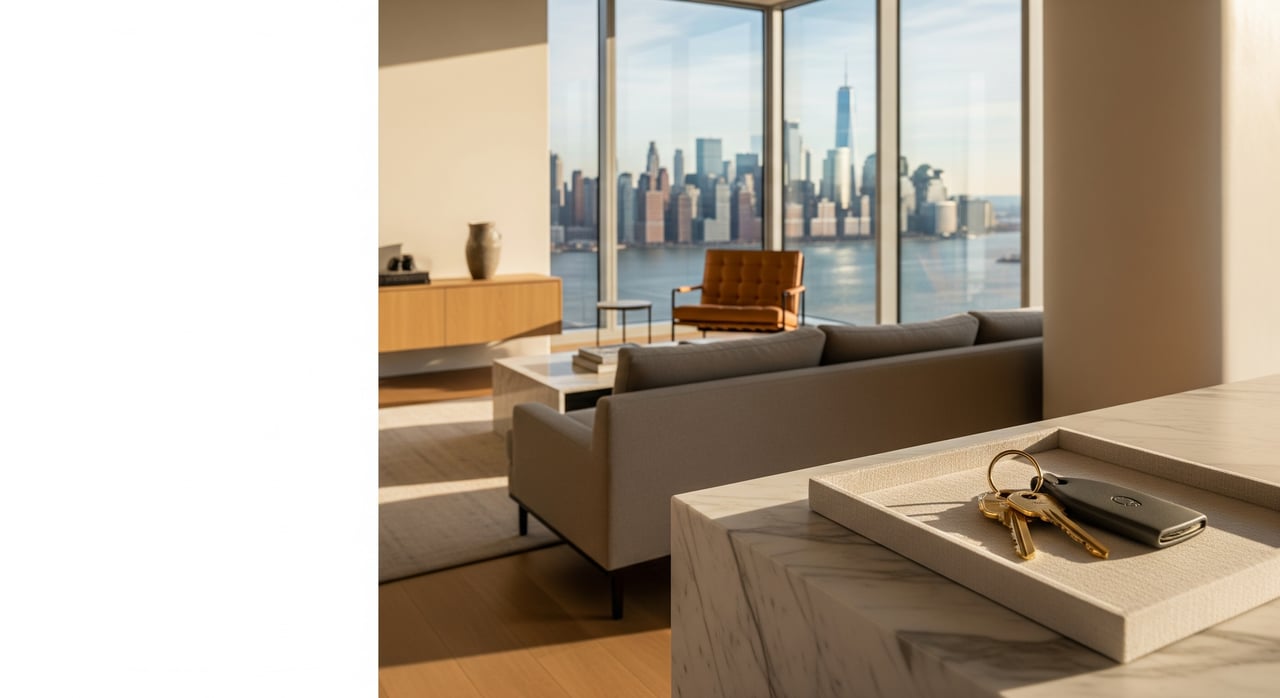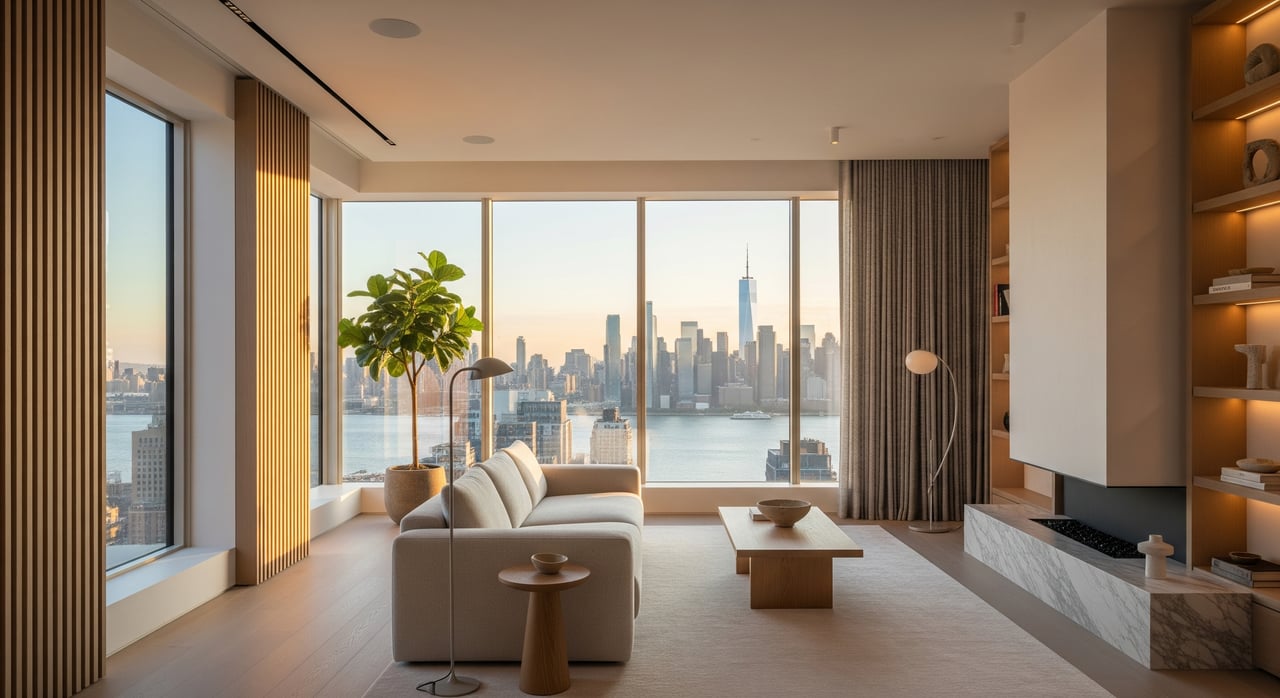Townhouse vs. Rowhouse vs. Brownstone
Townhouses, rowhouses, and brownstones are often confused, but they each have distinct characteristics.
• Townhouse – A residence that shares one or two walls with neighboring homes.
• Rowhouse – A specific type of townhouse built in a continuous, uniform row.
• Brownstone – A townhouse or rowhouse with a façade made of brown sandstone, commonly seen in New York City.
While all rowhouses and brownstones are townhouses, not every townhouse qualifies as a rowhouse or brownstone. Many people use “brownstone” as a catch-all term for NYC townhouses, but true brownstones have a unique historic appeal.
What is a Brownstone?
Brownstones are one of the most recognizable and desirable types of townhouses in New York City. These homes are built with a brick structure and covered in a brownstone veneer, a reddish-brown sandstone that dates back millions of years. When first quarried, the stone appears pink but gradually darkens to its well-known brown shade.
Much of the brownstone used in NYC construction came from the Portland Brownstone Quarry in Connecticut. In the 19th century, it became a preferred building material, considered a more elegant alternative to brick.
Today, brownstones are a hallmark of historic NYC neighborhoods, particularly in areas like the Upper West Side, Harlem, and Bedford-Stuyvesant. Many are also clustered in northwest Brooklyn, in an area often called the “brownstone belt”, which includes Brooklyn Heights, Carroll Gardens, Cobble Hill, Park Slope, Fort Greene, Carroll Gardens, Cobble Hill, Boerum Hill, Windsor Terrace, Prospect Heights, and Prospect Lefferts Gardens.
While these homes have undeniable charm, their facades often require upkeep after years of exposure to the elements. Because of this, some buyers are hesitant to take on large-scale renovations, making move-in ready brownstones the most sought-after properties on the market.
Our Exclusive at 53 West 88th Street
Does a Townhouse Have Common Charges?
No, a New York City townhouse typically does not have to pay common charges like a condo would. Common charges are fees paid by condo owners to maintain shared amenities and services, such as elevators, lobbies, and doormen. Since a townhouse is usually a standalone property without shared spaces, there are no common charges. However, you will have expenses such as real estate property taxes (paid to the city) as well as all utilities and upkeep.
What is a Limestone Townhouse?
In the early 1900s, limestone became a sought-after material for NYC townhouse exteriors, with nearly 18,000 local stonemasons and stonecutters recorded in the 1900 Census. Sourced mainly from Indiana, this durable and upscale stone was used for both homes and landmarks like the Empire State Building and 30 Rockefeller Center.
Limestone’s refined look made it a favorite for grand townhouses in the Upper East Side and Upper West Side. Architects like William Bosworth embraced its elegance, designing estates for the Rockefeller family. Today, these homes remain prestigious—a Bosworth-designed townhouse sold for $59 million in 2021, though more affordable options exist in areas like Bed-Stuy and Crown Heights.
While beautiful, limestone requires upkeep. Moisture and pollution can cause cracking and discoloration, so buyers should consult experts before purchasing to assess potential restoration needs.
Our Exclusive at 180 East 75th Street
What Is a Carriage House in NYC?
A converted carriage house in New York City is a former horse-drawn carriage storage building that has been transformed into a residential home. These structures, originally built in the 19th and early 20th centuries, were used to house horses, carriages, and sometimes the coachman’s quarters. Today, they have been reimagined as unique, highly desirable residences that blend historic charm with modern luxury.
Key Features of a Carriage House
1. Distinctive Architecture – Carriage houses are typically low-rise, standalone buildings with brick or stone facades, arched entryways, and oversized doors that once accommodated carriages.
2. Private and Secluded – Many are tucked away on quiet, tree-lined streets or hidden behind other buildings, offering an unusual level of privacy for NYC living.
3. Spacious Interiors – These homes often feature wide-open floor plans, high ceilings, and exposed beams, reflecting their original use as storage spaces.
4. Modern Upgrades – While they maintain their historic character, most have been updated with luxury kitchens, modern bathrooms, and high-end finishes to meet contemporary living standards.
5. Rare and Coveted – With only a limited number of carriage houses in NYC—primarily in Greenwich Village, the Upper East Side, Brooklyn Heights, and Cobble Hill—these homes are highly sought after and often come with premium price tags.
A carriage house at 31 Pineapple Street, courtesy of Matt Green & Architectural Digest
If you'd like more information about townhouses or any other type of New York City property, please e-mail us at [email protected].
